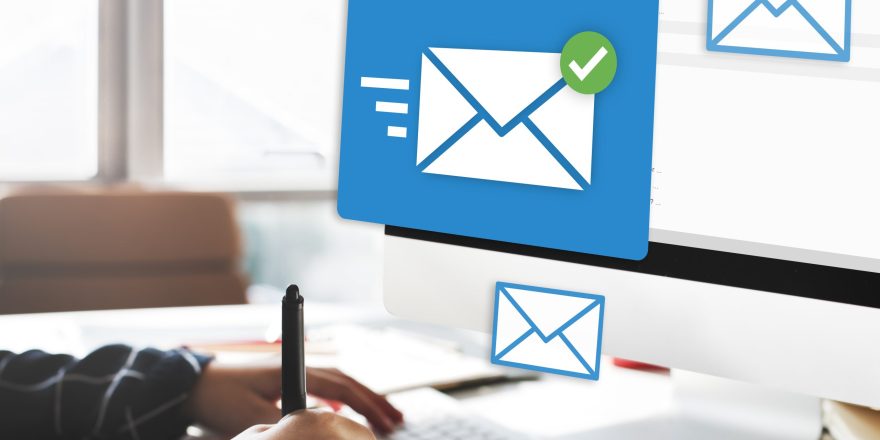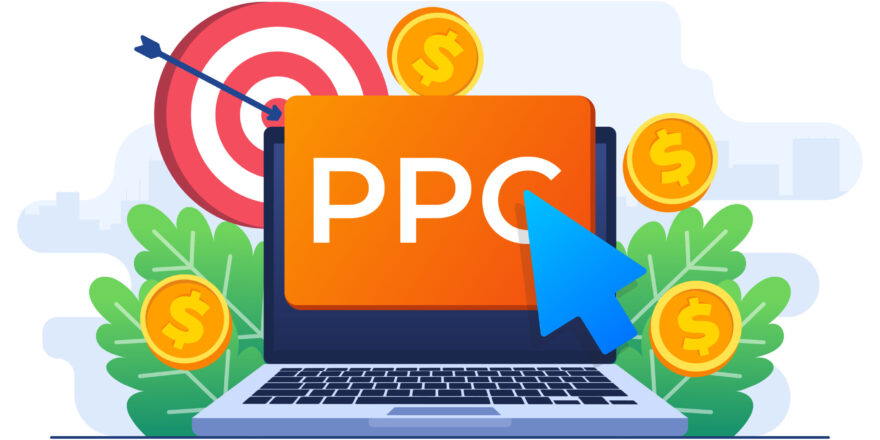Introduction
In the fast-paced world of e-commerce, traditional marketing can feel too slow to deliver the results you need. Performance marketing changes that by focusing on measurable actions—clicks, conversions, and purchases—rather than vague brand awareness goals. With the right strategies, online stores can see tangible revenue growth in a matter of days, not months.
This blog explores how e-commerce businesses can leverage performance marketing to create instant revenue streams, strengthen ROI, and scale faster than competitors.
1. Understanding the Core of Performance Marketing
Performance marketing is a results-driven approach where advertisers only pay for specific outcomes. In e-commerce, these outcomes can be:
- Product purchases
- Newsletter sign-ups
- App installs
- Add-to-cart actions
Key advantages for e-commerce:
- Low-risk investment – You pay only for results, ensuring better budget control.
- Data-rich insights – Every click and conversion is measurable.
- Scalability – Campaigns can be ramped up quickly when they perform well.
2. Leveraging Paid Ads for Instant Traffic
Paid ads are the engine behind most performance marketing campaigns in e-commerce.
- Google Shopping Ads: Showcase your products directly in search results with images, pricing, and ratings.
- Meta (Facebook & Instagram) Ads: Perfect for retargeting customers who visited but didn’t purchase.
- TikTok Ads: Engage younger audiences with short, compelling video content.
- Affiliate Networks: Pay influencers or partners a commission for every sale they drive.
Pro tip: Use dynamic retargeting ads to show customers the exact products they viewed—this can double conversion rates.
3. Optimizing Landing Pages for Conversions
Even the best ad campaigns will fail if the landing page doesn’t convert.
- Fast Loading Speed: Aim for under 3 seconds to prevent bounce.
- Clear Call-to-Action (CTA): Use direct and action-driven language like “Shop Now” or “Get Yours Today.”
- Trust Signals: Add product reviews, security badges, and clear return policies.
- Mobile Optimization: Since most e-commerce traffic is mobile, design for small screens first.
Performance marketing is about minimizing leaks in your sales funnel—landing pages are the first line of defense.
4. Retargeting to Capture Lost Sales
Most first-time visitors don’t buy immediately. Retargeting helps bring them back.
- Cart Abandonment Emails: Offer a discount to encourage checkout.
- Remarketing Ads: Show personalized ads based on browsing behavior.
- Cross-Selling & Upselling: Introduce related or premium products to increase order value.
The secret is personalization—customers are more likely to convert when offers match their specific interests.
5. Tracking, Measuring, and Scaling Campaigns
Performance marketing thrives on continuous optimization.
- Track KPIs: Cost-per-click (CPC), cost-per-acquisition (CPA), and return on ad spend (ROAS).
- Use A/B Testing: Test different ad creatives, CTAs, and landing pages.
- Scale Winning Campaigns: Increase budget for ads with high ROAS.
- Automate Where Possible: Use AI-driven ad bidding and automated email flows.
The beauty of performance marketing is that data tells you exactly what’s working—allowing you to scale without guesswork.
Conclusion
Performance marketing is not just a buzzword—it’s a powerful tool for e-commerce businesses to generate instant and measurable revenue. By combining paid ads, optimized landing pages, strategic retargeting, and continuous tracking, you can transform your marketing budget into a predictable profit machine. For online stores that want results now, this is the fastest and most reliable path to growth.





